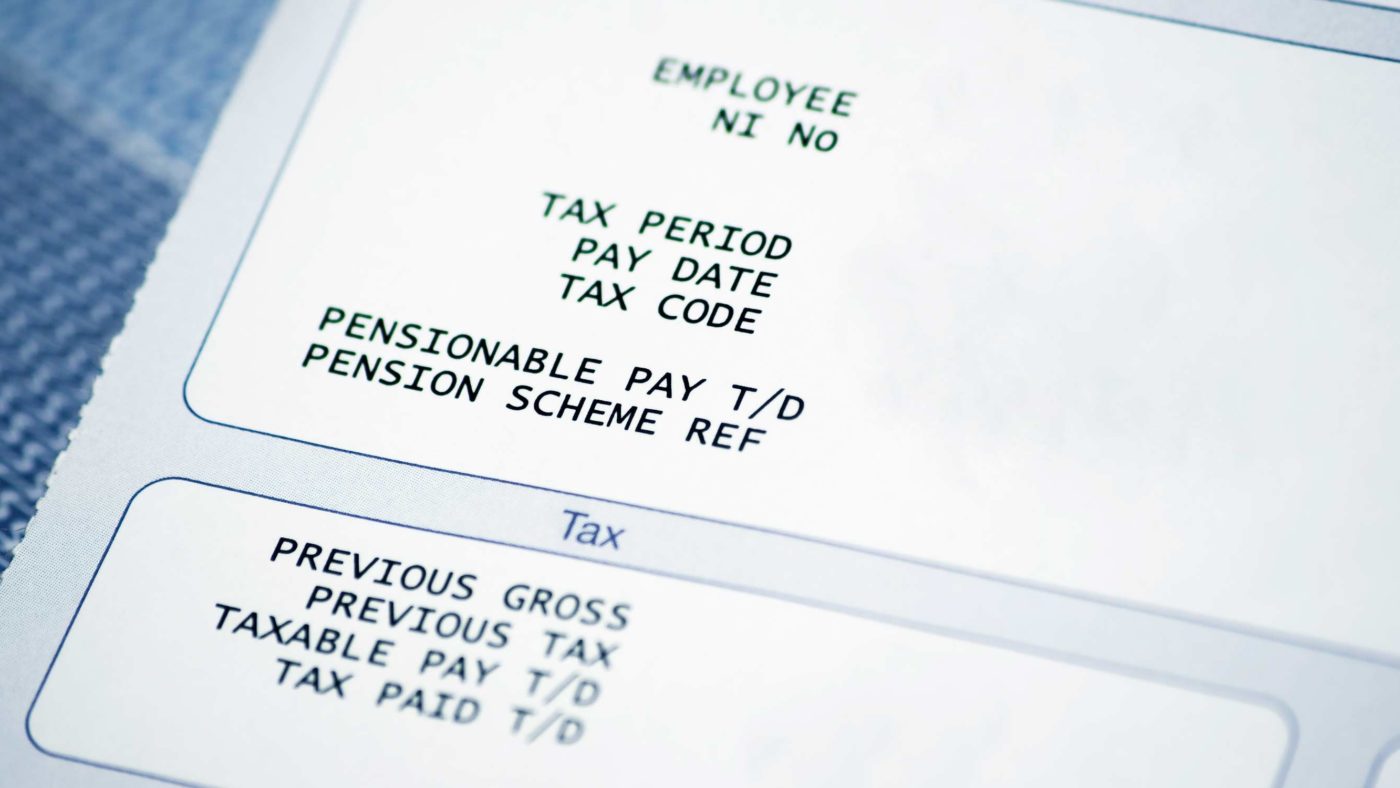One of the few things Liz Truss didn’t u-turn on in the dying days of her premiership was the triple-lock for the state pension.
That’s a pity, as it’s one of the measures we could most do with jettisoning. Before my inbox fills with missives from outraged senior citizens, I’m not saying that the elderly don’t deserve support or that the state pension shouldn’t reflect what’s going on in the rest of the economy – the problem is that the triple-lock is a bad way of doing things in ‘normal’ times, and an even worse one in the kind of straitened circumstances we are now in.
The idea was to ensure pensioners got a decent level of support by making sure the state pension rose in line with whichever was the highest of inflation, wages or 2.5%. At first glance, that probably sounds reasonable: pensioners have many fewer means of dealing with shifts in economic circumstances, so it makes sense to offer them a degree of protection.
To listen to some of the arguments about this, you’d be forgiven for thinking it was an indispensable feature of the welfare state. In fact, it’s really quite a recent innovation, agreed during the coalition negotiations in 2010, apparently at the behest of Nick Clegg.
The triple lock has three particular problems, one for each element of the policy.
The first is what we saw in the 2010s, that even when inflation and wage growth are very low, the state pension continues to rise by at least 2.5%, even as working people saw no improvement in their own living standards. That’s a problem in terms of basic fairness to workers, but also because when wages aren’t rising there is less tax revenue to pay for the pensions themselves.
The second issue with the triple lock is what we saw during the pandemic, when a sharp fall in wages was followed by a similarly sharp upturn. Adhering to the triple lock would have meant increasing payments by 8% at a time when the Government had just spent hundreds of billions on Covid support. It was little surprise, therefore, that Boris Johnson temporarily turned the triple lock into a double-lock – offering an increase in line with whichever was higher of inflation or 2.5%.
That brings us to the third problem: if one of your three metrics is inflation and CPI starts soaring, the Government is on the hook for a huge outlay. It’s the same dynamic in play with striking rail workers and others in the public sector, who are understandably cheesed off that their wages are not keeping pace with the cost of living.
There’s another issue, which is one of basic fairness. While some MPs reacted to the threat of removing the triple-lock by saying pensioners ‘shouldn’t pay for the cost of living crisis’, the corollary of that statement is that working age people should be paying for it. Younger workers may wonder why older people be guaranteed an ever-rising income when their rent and their taxes keep going up to pay for it. (We should also dispense with the fiction that people ‘pays in’ for their state pension: there may be qualifying years for national insurance, but the amount someone draws bears no relation to contributions. If they did, high earners would get a chunky state pension, which they self-evidently don’t.)
So if not the triple-lock, what?
The simplest alternative would be just to convert it into a double-lock, so state pensions rise in line with wages or inflation. Getting rid of the 2.5% element avoids the 2010s problem issue of pensions rising even in periods of low inflation and low wage growth – but that still leaves the Government facing big, quite sudden increase in spending if there are spikes in either.
It might make sense, therefore, for pensions to track either wages or inflation over a longer period – five years, say, rather than one – to honour the intent of pensions keeping pace with the rest of the economy, without the perverse effects of big one-year changes. And if we want to address the most acute pensioner poverty, rather than increasing state pensions by a certain amount across the board, the Government could increase Pension Credit for those on the lowest incomes.
These are relatively modest changes, however, compared to addressing the elephant in the room: our retirement age is simply too low in a world where average life expectancy has risen to above 80. The public finances are going to become ever less sustainable as the old-age dependency ratio – the proportion of pensioners compared to workers – drifts ever further into the grey zone. (To give you some idea, by 2035 more than half of Britain’s population will be over 50.)
Raising the age may be a political booby trap, but it’s also a very quick way of saving the state hundreds of billions in future outgoings. I doubt many politicians would be brave enough to support the Centre for Social Justice’s suggestion of raising the retirement age to 75, but sooner or later a government is going to have to deal with this question.
Click here to subscribe to our daily briefing – the best pieces from CapX and across the web.
CapX depends on the generosity of its readers. If you value what we do, please consider making a donation.


